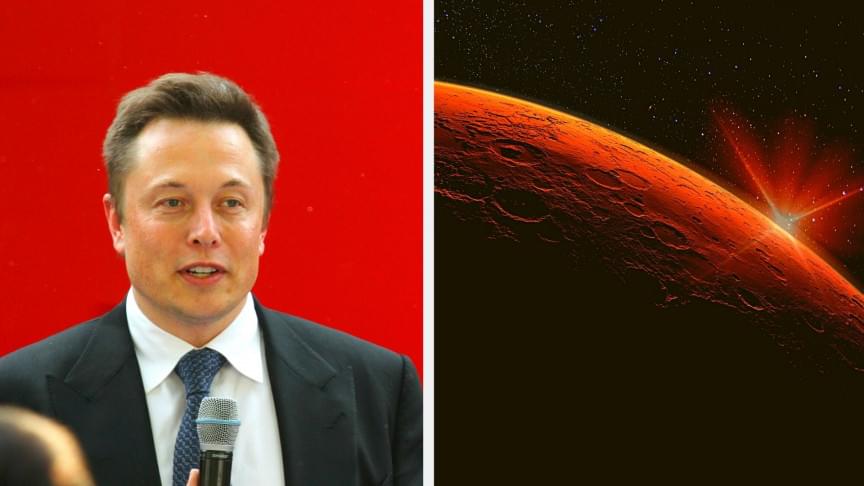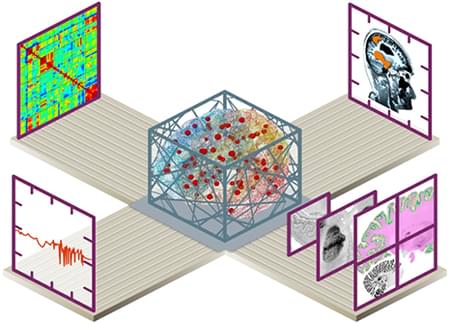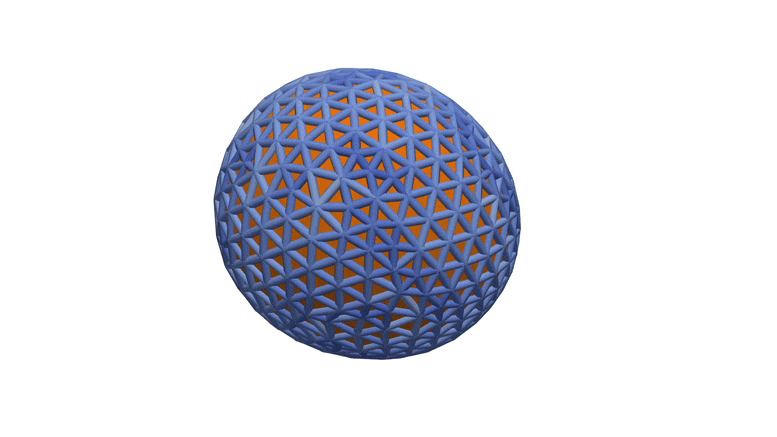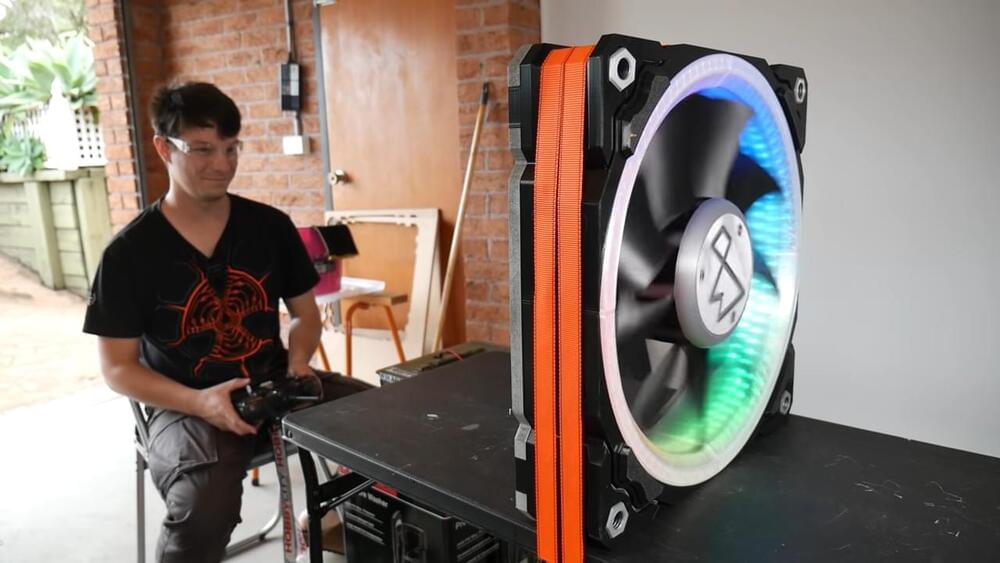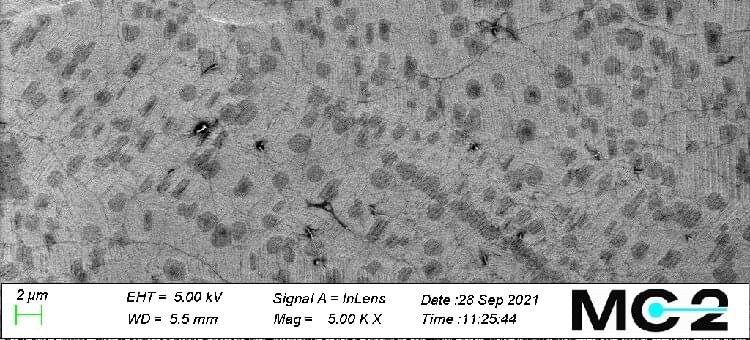As Russia moves toward a highly censored and tightly controlled internet amid its invasion of Ukraine, citizens are finding ways to bypass restrictions.
As the U.S. corporate world continues its withdrawal from Russia due to the invasion of Ukraine, a growing stigma against anything Russian is reverberating in Silicon Valley as tech start-ups and venture capital firms reassess their exposure and limit risks.
DoorDash and GrubHub recently cancelled deals with now-shut U.S. food delivery start-ups launched by Russian founders. The Massachusetts Institute of Technology pulled out of a multi-year partnership with Moscow’s Skolkovo Institute of Science and Technology, while Index Ventures halted further deals in the country.
For Silicon Valley, the issues with Russian business run to the heart of immigrant founder-led culture and a global world of institutional investors that in recent years sought more access to top VC ideas.
SpaceX CEO Elon Musk has officially confirmed his prediction for when he thinks humans will finally land on Mars. But it might be too optimistic.
None.
In a new article published in eNeuro, fifteen leading scientists of the European Human Brain Project (HBP) outline how a new culture of collaboration and an era of digitalization has transformed neuroscience research over the last decade.
“The way we study the brain has changed fundamentally in recent years,” says first author Katrin Amunts, HBP Scientific Director, Director of the C. and O. Vogt-Institute of Brain Research, Düsseldorf and Director at the Institute of Neuroscience and Medicine at Research Centre Jülich. “In the past, separate communities have often focused on specific aspects of neuroscience, and the problem was always how to link the different worlds, for example, in order to explain a certain cognitive function in terms of the underlying neurobiology.”
Brain research has in recent years indisputably entered a new epoch, driven by substantial methodological advances and digitally enabled data integration and modeling at multiple scales – from molecules to the whole system. Major advances are emerging at the intersection of neuroscience with technology and computing. This new science of the brain integrates high-quality basic research, systematic data integration across multiple scales, a new culture of large-scale collaboration and translation into applications. A systematic approach, as pioneered in Europe’s Human Brain Project (HBP), will be essential in meeting the pressing medical and technological challenges of the coming decade.
Physicists have discovered a new way to coat soft robots in materials that allow them to move and function in a more purposeful way. The research, led by the University of Bath, is described in a paper published on March 11, 2022, in Science Advances.
Authors of the study believe their breakthrough modeling on ‘active matter’ could mark a turning point in the design of robots. With further development of the concept, it may be possible to determine the shape, movement, and behavior of a soft solid not by its natural elasticity but by human-controlled activity on its surface.
WASHINGTON (AP) — Drugmaker Moderna asked the Food and Drug Administration on Thursday to authorize a fourth shot of its COVID-19 vaccine as a booster dose for all adults.
The request is broader than rival pharmaceutical company Pfizer’s request earlier this week for the regulator to approve a booster shot for all seniors.
In a press release, the company said its request for approval for all adults was made “to provide flexibility” to the Centers for Disease Control and Prevention and medical providers to determine the “appropriate use” of a second booster dose of the mRNA vaccine, “including for those at higher risk of COVID-19 due to age or comorbidities.”
NASA’s Scientific Visualization Studio (SVS) has published a remarkable video that depicts Earth in ways you’ve probably never seen before.
The video is a time-lapse model of a category-4 typhoon that formed off the coast of China in 2005. Throughout the visualization, the seven-day period is replayed multiple times.
It’s getting close to the time of year when we need to start carefully vetting projects here at Hackaday. After all, nobody likes to get punked by an early April Fool’s joke. But as silly as this outsized PC fan looks, it sure seems like a legit build, if a bit on the pointless side.
Then again, perhaps pointless is too harsh a word to use. This 500-mm fan is by [Angus] over at Maker’s Muse, and it represents a lot of design work to make it buildable, as well as workable and (mostly) safe. Using both CNC-cut MDF and printed parts, the fan is an embiggened replica of a normal-sized case fan. The fan’s frame had to be printed in four parts, which lock together with clever interlocking joints. Each of the nine blades locks into a central hub with sturdy-looking dovetails.
And sturdy is important, as the fan is powered by a 1,500 Watt brushless DC motor. With a 4:1 reduction thanks to a printed gear train, the fan spins at around 3,300 RPM, which makes a terrifying noise. There’s a little bit of “speed-wobble” evident, but [Angus] managed to survive testing. The fan, however, did not — the 3D-printed gears self-destructed after a full-speed test, but not before the fan did its best wind tunnel imitation. And the RGB LEDs looked great.
Ever since its discovery in 2004, graphene has received attention owing to its extraordinary properties, among them its extremely high carrier mobility. However, the high carrier mobility has only been observed using techniques that require complex and expensive fabrication methods. Now, researchers at Chalmers report on a surprisingly high charge-carrier mobility of graphene using much cheaper and simpler methods.
“This finding shows that graphene transferred to cheap and flexible substrates can still have an uncompromisingly high mobility, and it paves the way for a new era of graphene nano-electronics,” says Munis Khan, researcher at Chalmers University of Technology.
Graphene is the one-atom-thick layer of carbon atoms, known as the world’s thinnest material. The material has become a popular choice in semiconductor, automotive and optoelectronic industry due to its excellent electrical, chemical, and material properties. One such property is its extremely high carrier mobility.

